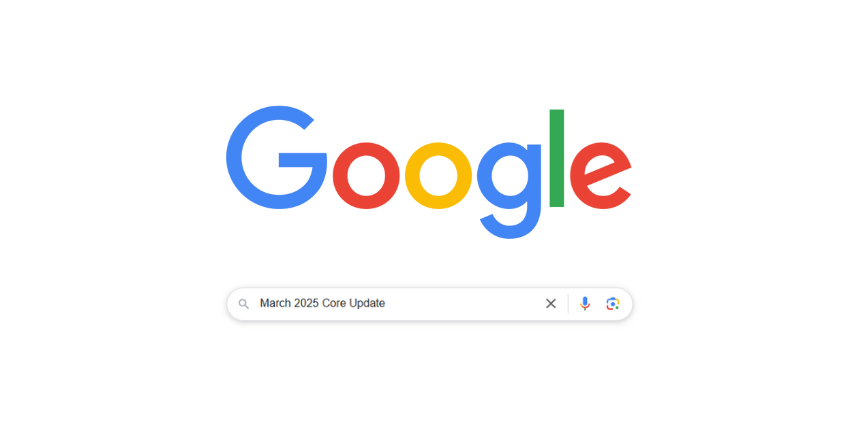This article was originally published in partnership with Search Engine Journal. Is the classic funnel model (TOFU-MOFU-BOFU) still relevant in an AI-driven SERP? What kinds of queries trigger Google’s AI Overviews? How can you structure content so that AI pulls your site into the response? Do you really need to change your SEO strategy? For years, SEO teams followed a familiar SEO playbook: Optimize upper-funnel content to capture awareness, mid-funnel content to drive consideration, lower-funnel content to convert. One page, one keyword, one intent. But with the rise of ChatGPT, Perplexity, Copilot, Gemini, and now Google’s AI Mode, that linear model is increasingly outdated. So, how do you move forward and keep your visibility high in modern search engine results pages (SERPs)? We’ve reverse-engineered AI Overviews, so you don’t have to. Let’s dive in. What We’ve Discovered Through Reverse Engineering Google’s AI Overviews (AIO) From what we’re seeing across client industries and in how AI-driven results behave, the traditional funnel model – the idea of users moving cleanly from awareness to consideration to conversion – feels increasingly out of step with how people actually search. How Today’s Search Users Actually Search Today’s users jump between channels, devices, and questions. They skim, abandon, revisit, and decide faster than ever. AI Overviews don’t follow a tidy funnel because most people don’t either. They surface multiple types of information at once, not because it’s smarter SEO, but because it’s closer to how real decisions get made. AIOs & AI Mode Aren’t Just Answering Queries – They’re Expanding Them Traditionally, SEO strategy followed a structured framework. Take a travel-related topic, for example: Informational (Upper-Funnel) – “How to plan a cruise?” Commercial (Mid-Funnel) – “Best cruise lines for families” Transactional (lower-Funnel) – “Find Best Alaska Cruise Deals” However, AI Overviews don’t stick to that structure. Instead, they blend multiple layers of intent into a single, comprehensive response. How AI Overviews Answer & Expand Search Queries Let’s stay with the travel theme. A search for “Mediterranean cruise” might return an AI Overview that includes: Best Time to go (Informational). Booking Your Cruise (Commercial). Cruise Lines (Navigational). AI Mode Example for ‘Mediterranean Cruise’ What’s Happening Here? In this case, Google isn’t just answering the query. It anticipates what the user will want to know next, acting more like a digital concierge than a traditional search engine. The AI Overview Test & Parameters Source: Semrush & Google Tested Data: 200 cruise-related informational queries We started noticing this behavior showing up more often, so we wanted to see how common it actually is. To get a clearer picture, we pulled 200 cruise-related informational queries from SEMrush and ran them through our custom-built AI SERP scraper. The goal was to see how often these queries triggered AI Overviews, and what kind of intent those Overviews covered. The patterns were hard to miss: 88% of those queries triggered an AI Overview More than half didn’t just answer the initial question. 52% mixed in other layers of intent, like brand suggestions, booking options, or comparisons, right alongside the basic information someone might’ve been looking for. Using a different query related to Mediterranean Cruises, the AIO response acts as a travel agent, guiding the user on topics like: How to fly, Destinations with region, Cruise prices, Cruise lines that sail to that destination. While it’s an Information non-brand search query, the AIO response is lower-funnel as well. Again, less than half of the queries were matched intent. Here are some examples of queries that were identified as Informational and provided only the top-of-funnel response without driving the user further down the funnel. The Verdict Even when someone asks a simple, top-of-funnel question, AI is already steering them toward what to do next, whether that’s comparing prices, picking a provider, or booking a trip. What Does This Mean for SEO Strategies Moving Forward? If AI Overviews and AI Mode are blending intent types, content, and SEO strategies need to catch up: It’s no longer enough to rank for high-volume informational keywords. If your content doesn’t address multiple layers of intent, AI will fill the gaps with someone else’s content. SEO teams need to analyze how AI handles their most important queries. What related questions is it pulling in? Are those answers coming from your site or your competitors? Think beyond keyword volume. Long-tail queries may have lower search traffic, but they often align better with AI-cited content. Structure your pages with clear headings, bullets, and concise, helpful language—that’s what AI models prefer to surface. The Future of SEO in an AI World: Hybrid Intent Optimization The fundamentals of technical and on-page SEO still matter. But if your content is still built around single keywords and single intent types, you’re likely to lose visibility as AI continues to reshape the SERP. The brands that adapt to this shift by creating content that mirrors the blended, fast-moving behavior of actual users are the ones that will continue to own key moments across the funnel, even as the funnel itself evolves. As AI transforms search behavior, it‘s crucial to adapt your SEO strategies accordingly. At DAC, we specialize in aligning your content with the latest search trends to enhance visibility and engagement. Reach out to us today to future-proof your strategy with our award-winning TotalSERP approach and stay ahead in the evolving digital landscape.
Explore featured blog posts

AI Overviews: We Reverse-Engineered Them So You Don’t Have To [+ What You Need To Do Next]
Read More
Stay Forward
Subscribe to our monthly newsletter.
Explore all DAC blog posts
Discover expert perspectives and actionable ideas to optimize your marketing strategy today.
Discover more DAC Insights
EXPLORE ALL INSIGHTSStay Forward
Subscribe to our monthly newsletter.




